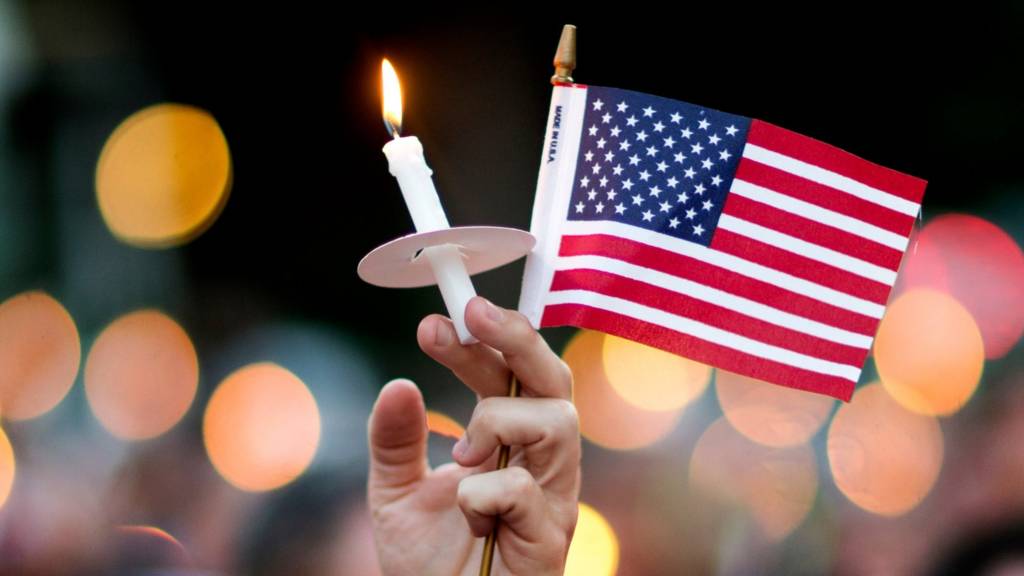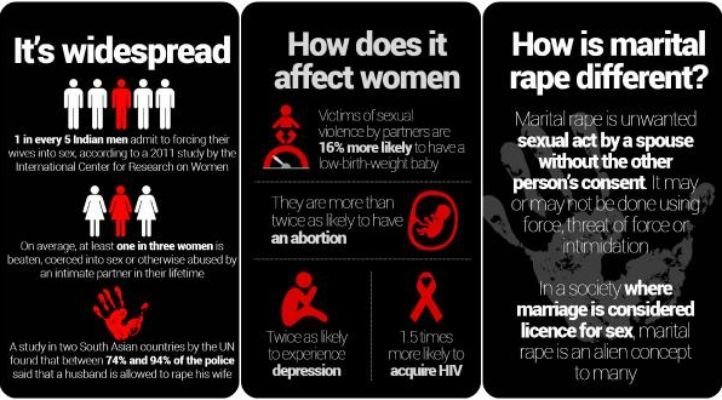It was August, 1909. Lord Minto, Viceroy of India, decided it was necessary now for “ measures to be taken for the suppression of sedition”. The archived Records of the Government of India says he sent out letters to the Princely states to suppress the “disaffected people” who dared criticize the British government in India.
As the Delhi police commissioner said and we all agree, "There is an urgent need to expand the scope of the law on sedition. It needs to be rewritten to remove all scope of ambiguity so that citizens have no doubt about what constitutes an anti-national act”.
But I say neither expansion nor clarification is required, rather the law itself should simply be abolished like it has been in most modern democracies around the world. The law of sedition was abolished in the UK in 2009. Former colony New Zealand got rid of the law earlier in 2007. In the US, the courts constantly criticize the “chilling effect” of the sedition law on free speech.
Let us now take a look at this little statute which divided and united a country at the same time. Section 124A of the 156-year-old Indian Penal Code, 1860 (IPC), that defines who is a seditionist or “anti-national”:
“ Whoever by words, either spoken or written, or by signs, or by visual representation, or otherwise brings or attempts to bring into hatred or contempt or excites or attempts to excite disaffection towards the government established by law in India, shall be punished.”
Sedition can even condemn one to a lifetime behind bars. So we conclude that the law states any individual who stands against any government policy or questions any action of the state he or she is punishable by law. So if that be the idea that the state must never be questioned, what then is the idea of democracy? What kind of a democracy doesn’t allow the freedom to question the State? This is the largest democracy of the world yet successive governments have used this law with impunity.
On February 9, a group of students from Delhi's Jawaharlal Nehru University had allegedly raised “anti-India” slogans to mark the anniversary of the controversial hanging of Afzal Guru. On February 13, Kanhaiya Kumar, the JNUSU president was accused of sedition and arrested, soon followed by the arrest of seven others. What began as a minor clash between two student groups in one of India's premier educational institutions has now morphed into a debate of what is and what isn't national and who decides that. So here we are, in the age of Make in India, Digital India and Skill India, debating how ‘Indian’ we are, who is really ‘Indian’ and what makes us un-Indian. Amidst all the terror attacks and constant threats from alien sources, the economic and social dilemmas that the country faces, and all the larger games afoot, do we really need another war to tear us apart? And that too over all things, ironically, patriotism?
Author : Utsa Ghosh
Over a hundred years later, the word ‘sedition’ is still doing the rounds in an elected democracy where people form the political sovereign. The British in 1870, the colonial rulers as they were, felt the need to criminalize the disaffection towards a government by force. But its continuance in an elected democracy is absurd because the people without resorting to any sort of violence can remove a government in the next elections. Thus the term sedition and Section 124A stand in direct contrast to the right to free expression and speech enshrined in the preamble and article 19 of the Indian Constitution.
As the Delhi police commissioner said and we all agree, "There is an urgent need to expand the scope of the law on sedition. It needs to be rewritten to remove all scope of ambiguity so that citizens have no doubt about what constitutes an anti-national act”.
But I say neither expansion nor clarification is required, rather the law itself should simply be abolished like it has been in most modern democracies around the world. The law of sedition was abolished in the UK in 2009. Former colony New Zealand got rid of the law earlier in 2007. In the US, the courts constantly criticize the “chilling effect” of the sedition law on free speech.
Let us now take a look at this little statute which divided and united a country at the same time. Section 124A of the 156-year-old Indian Penal Code, 1860 (IPC), that defines who is a seditionist or “anti-national”:
“ Whoever by words, either spoken or written, or by signs, or by visual representation, or otherwise brings or attempts to bring into hatred or contempt or excites or attempts to excite disaffection towards the government established by law in India, shall be punished.”
Sedition can even condemn one to a lifetime behind bars. So we conclude that the law states any individual who stands against any government policy or questions any action of the state he or she is punishable by law. So if that be the idea that the state must never be questioned, what then is the idea of democracy? What kind of a democracy doesn’t allow the freedom to question the State? This is the largest democracy of the world yet successive governments have used this law with impunity.
On February 9, a group of students from Delhi's Jawaharlal Nehru University had allegedly raised “anti-India” slogans to mark the anniversary of the controversial hanging of Afzal Guru. On February 13, Kanhaiya Kumar, the JNUSU president was accused of sedition and arrested, soon followed by the arrest of seven others. What began as a minor clash between two student groups in one of India's premier educational institutions has now morphed into a debate of what is and what isn't national and who decides that. So here we are, in the age of Make in India, Digital India and Skill India, debating how ‘Indian’ we are, who is really ‘Indian’ and what makes us un-Indian. Amidst all the terror attacks and constant threats from alien sources, the economic and social dilemmas that the country faces, and all the larger games afoot, do we really need another war to tear us apart? And that too over all things, ironically, patriotism?
Author : Utsa Ghosh




















































